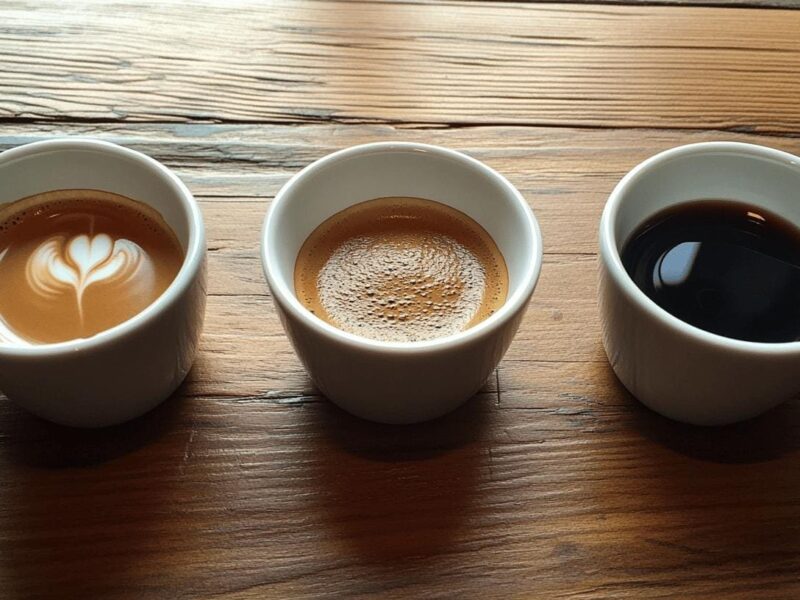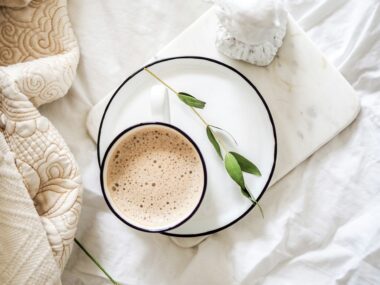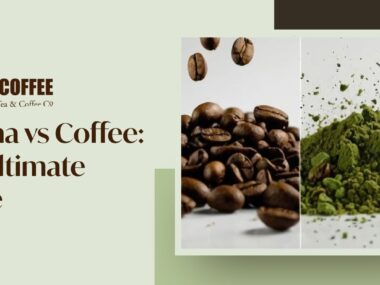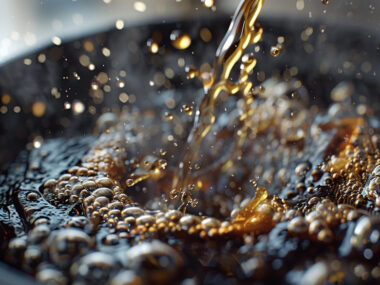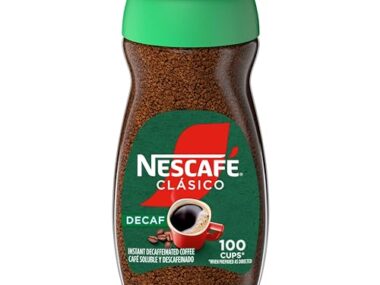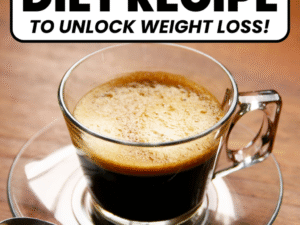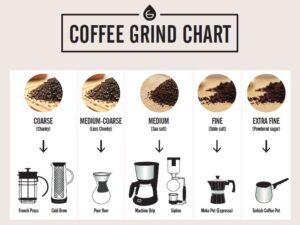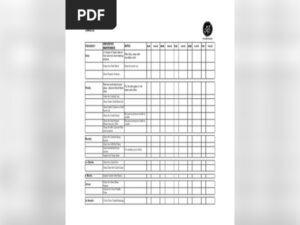Have you ever wondered how many espresso beans go into your favorite cup of coffee? Knowing this can change the way you enjoy your brew and even help you make the perfect cup every time.
Whether you’re brewing at home or just curious about what’s behind that rich, bold flavor, understanding the number of beans used can deepen your coffee experience. Keep reading, and you’ll discover simple facts that make your coffee moments even more satisfying.
Espresso Beans Basics
Espresso beans form the heart of every rich cup of espresso. Understanding these beans helps you appreciate the flavors in your coffee. The type and roast of the beans affect taste and strength.
Knowing about espresso beans basics guides you in choosing the right coffee for your cup. Let’s explore the types and roast levels of espresso beans.
Types Of Espresso Beans
Espresso beans usually come from two main coffee plant species: Arabica and Robusta. Arabica beans have a smooth, sweet flavor with hints of fruit and sugar. Robusta beans are stronger and more bitter, with more caffeine.
Many espresso blends mix Arabica and Robusta beans to balance flavor and strength. Pure Arabica espresso is softer and more aromatic. Pure Robusta espresso is bold and intense, often used for crema.
Roast Levels And Their Impact
Roasting transforms green coffee beans into the dark beans used for espresso. Light roasts keep more original flavors but are less bitter. Medium roasts balance flavor, acidity, and body well.
Dark roasts are common for espresso. They offer a bold, smoky taste with low acidity. Dark roasting also reduces caffeine slightly. The roast level changes how many beans you need for a cup.
Measuring Beans For Espresso
Measuring coffee beans for espresso is key to a great cup. The right amount affects flavor, strength, and crema. Too many beans make the espresso bitter. Too few beans make it weak and watery. Consistency matters for every shot you pull.
Many baristas use scales or scoops to measure beans. This helps control the dose and get steady results. Understanding measurements helps you brew better espresso at home or work.
Standard Bean Quantity Per Shot
A single espresso shot usually needs 7 to 9 grams of coffee beans. This is about one level tablespoon or 50 to 60 beans. The exact number can change depending on bean size and roast. Darker roasts weigh less but take up more space.
For a double shot, double the amount: 14 to 18 grams. Many coffee shops use a double shot by default. Using the standard amount helps keep flavor balanced and strong.
Weight Vs. Volume Measurements
Weighing coffee beans is more accurate than measuring by volume. A scale shows the exact grams, which helps repeat your brew. Volume measurements like scoops or tablespoons vary with bean size.
Beans are irregular and light, so volume can be misleading. For example, a scoop of small beans weighs less than a scoop of large beans. Scales cost little and improve your espresso quality.
Beans To Coffee Ratio
The beans to coffee ratio is key to making a good cup of espresso. It tells you how many coffee beans are needed to brew one cup. This ratio affects the taste, strength, and aroma of your coffee.
Using the right amount of beans helps create a balanced flavor. Too many beans make the coffee bitter. Too few beans make it weak and watery. Knowing the right bean count makes your coffee just right.
Typical Bean Count In A Cup
On average, a single cup of espresso uses about 7 to 9 grams of coffee beans. This equals roughly 50 to 70 coffee beans. The number can change slightly depending on the bean size and roast.
This amount usually makes a 1-ounce shot of espresso. For a double shot, the bean count doubles to 14 to 18 grams. The typical coffee cup requires careful measurement to get the taste right.
Factors Influencing Bean Usage
The type of coffee bean impacts how many you use. Some beans are denser or larger. Darker roasted beans weigh less, so you might use more by volume.
Grind size also matters. Finer grinds pack tighter, needing fewer beans. Coarser grinds need more beans to extract enough flavor.
Machine settings affect bean usage too. Different espresso machines have varied pressure and extraction times. Baristas adjust bean amounts to fit each machine.
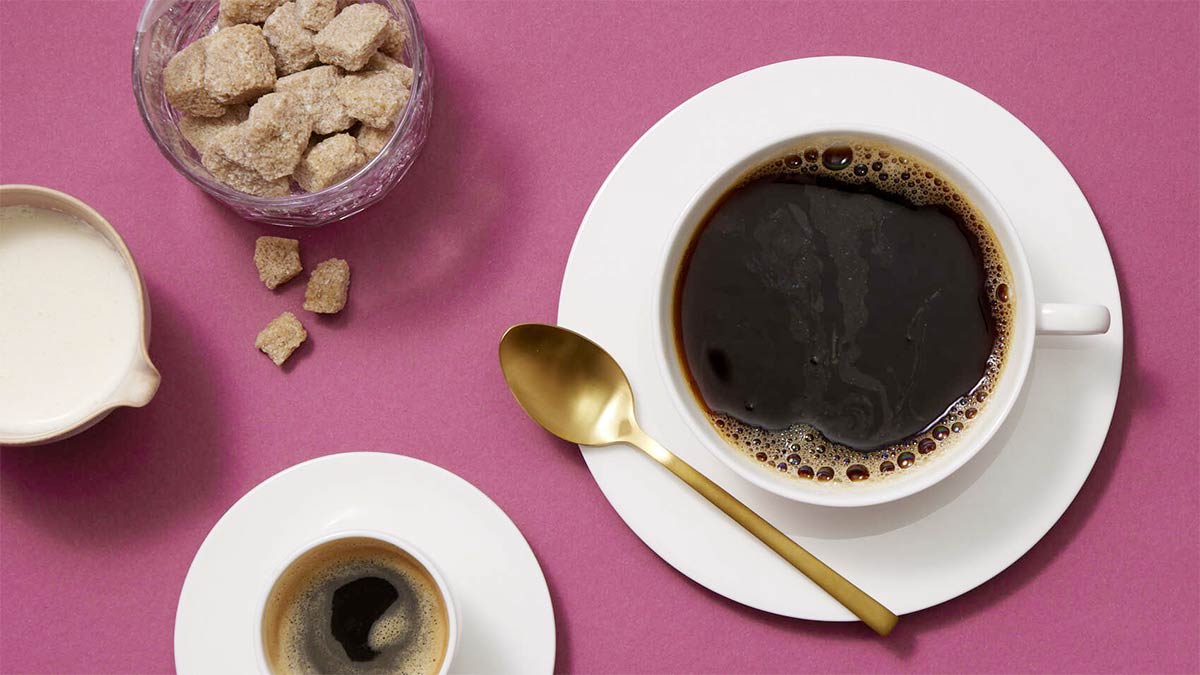
Credit: www.consumerreports.org
Brewing Techniques Affecting Bean Use
Brewing techniques play a big role in how many espresso beans you use for one cup of coffee. Different methods change the amount of coffee grounds needed. This affects the strength and taste of your espresso. Understanding these techniques helps you use beans wisely and enjoy better coffee.
Grind Size And Extraction
Grind size changes how water flows through coffee grounds. Fine grinds slow down water. This makes a strong, rich espresso. Coarse grinds let water pass quickly, making a lighter taste. Using finer grind means using more beans to keep flavor strong. Coarser grind uses fewer beans but may taste weak.
Machine Settings And Their Role
Espresso machines have settings like pressure and temperature. Higher pressure forces water through beans faster. It extracts more flavor but needs the right grind size. Temperature affects how well flavors dissolve. Machines with precise settings use beans efficiently. Poor settings waste beans or give weak coffee.
Comparing Espresso Beans To Other Coffee Types
Espresso beans differ from other coffee beans in size, roast, and grind. Understanding these differences helps explain how many beans go into each cup. Different brewing methods use different amounts of coffee beans. The flavor and strength change with the method and bean type.
Beans In Drip Coffee
Drip coffee uses medium ground beans. It requires more beans than espresso for one cup. About 10 to 12 grams of coffee is typical. This equals roughly 70 to 80 espresso beans. The water passes slowly through the grounds. This extracts a milder and larger cup of coffee.
Beans In French Press And Other Methods
French press uses coarser grounds than drip coffee. It needs about 15 grams of coffee per cup. This equals nearly 100 espresso beans. The steeping process takes longer. This method brings out strong and full flavors. Other methods like AeroPress or pour-over vary in bean amounts. Each changes the taste and coffee strength.

Credit: fnb.coffee
Optimizing Bean Use For Better Flavor
Optimizing bean use improves the flavor of your espresso. Using the right amount of beans ensures a balanced taste. Proper handling keeps the beans fresh longer. Small changes in quantity can affect how your coffee tastes. Understanding these factors helps you enjoy a better cup every time.
Freshness And Storage Tips
Fresh beans make the best espresso. Store beans in an airtight container. Keep them away from light and heat. Avoid storing beans in the fridge. Use beans within two weeks of opening. Grinding beans just before brewing keeps flavors strong.
Adjusting Quantity For Taste Preferences
The number of beans changes the coffee strength. Use more beans for a stronger espresso. Use fewer beans for a lighter taste. Measure beans by weight for accuracy. Experiment with small changes to find your preference. Adjusting the dose can balance bitterness and acidity.
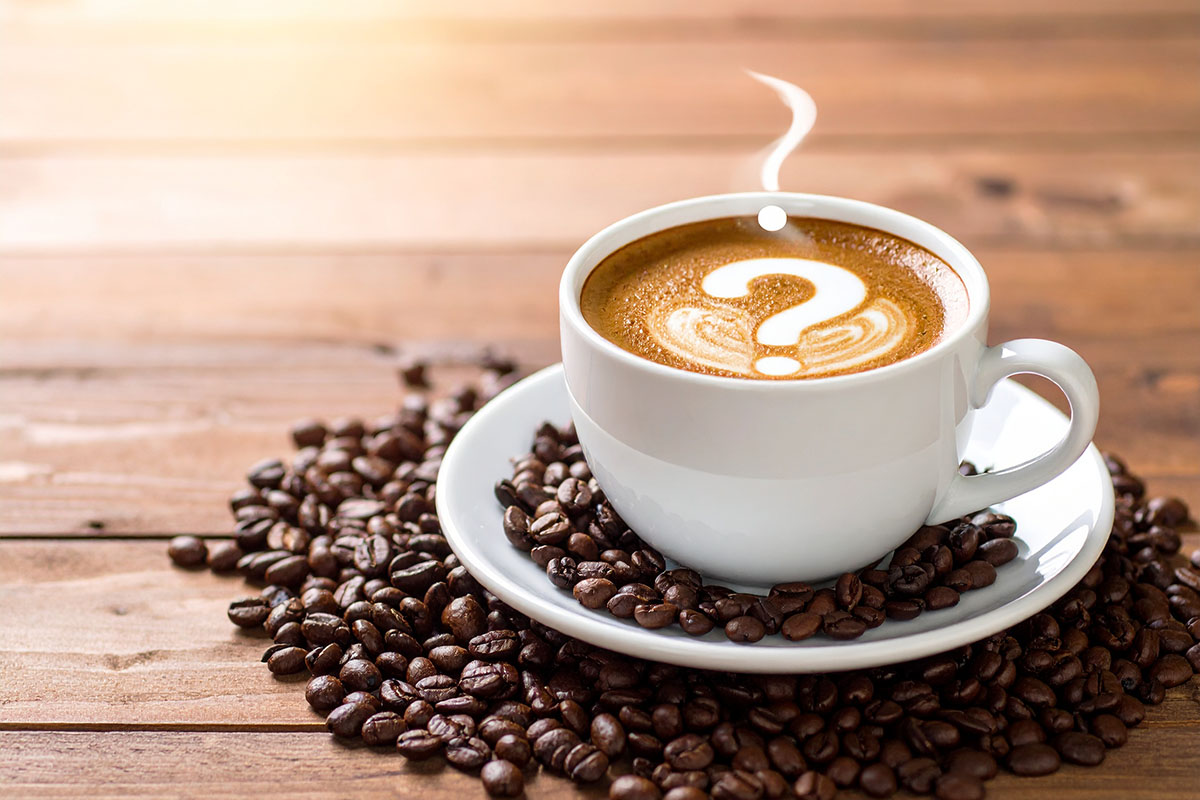
Credit: www.mochasandjavas.com
Frequently Asked Questions
How Many Espresso Beans Are In One Cup Of Coffee?
A typical cup of espresso coffee uses about 7 grams of coffee beans. This equals roughly 50 to 60 espresso beans. The exact number varies based on bean size and grind. This amount ensures a strong and flavorful espresso shot every time.
Does Bean Type Affect Espresso Bean Quantity Per Cup?
Yes, bean type influences the number of beans per cup. Different beans vary in size and density. Darker roasted beans tend to weigh less than lighter roasts. This affects how many beans you need to reach 7 grams for one espresso shot.
How Does Grind Size Impact Espresso Bean Usage?
Grind size affects extraction but not the bean count. Finer grinds increase surface area, improving flavor extraction. However, you still need about 7 grams of beans per shot. Adjusting grind size changes taste, not the number of beans used.
Can I Use Fewer Beans For A Weaker Espresso?
Using fewer beans results in a weaker espresso shot. Standard espresso requires 7 grams of beans for balance. Reducing beans lowers strength and flavor quality. It’s best to stick to recommended amounts for optimal taste.
Conclusion
Counting espresso beans in a cup helps understand your coffee better. Usually, about 50 to 60 beans make a single espresso shot. This number can change based on bean size and roast level. Knowing this helps you control strength and flavor.
Small changes in bean amount affect your coffee taste a lot. Enjoy your coffee with this simple knowledge in mind. Keep experimenting to find your perfect cup every time.
